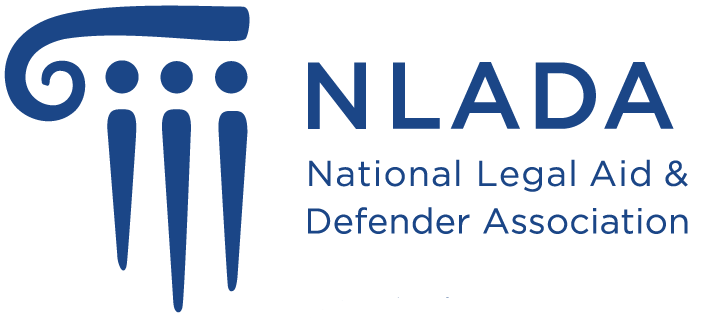America’s jail populations have shown alarming growth over the past three decades. This has been driven primarily by the rise in the number of people who are incarcerated in the pretrial phase of criminal case adjudication, i.e., those who are accused of crimes but are presumed innocent and have not faced trial yet. Today, almost two-thirds of the country’s total jail population is presumed innocent. Providing quality representation by counsel at an accused individual’s first appearance before a judicial officer (counsel at first appearance, or “CAFA”) is a key component of effective pretrial justice that local and state governments should implement. CAFA has been shown to reduce jail populations and legal system costs, and strengthens procedural justice, among other benefits.
This paper aims to provide indigent defense service providers and other criminal legal system stakeholders with legal arguments, standards, examples from the field, and empirical data to help them promote CAFA in their own jurisdictions. The discussion undertaken in this guide is divided into six parts:
- A brief overview of existing problems in the criminal legal system—particularly overuse of pretrial incarceration—that can be partially solved by providing CAFA;
- Legal arguments stemming from Rothgery v. Gillespie County and its progeny that advocates can use to support introduction or maintenance of CAFA in a given jurisdiction;
- The advantages that provision of CAFA brings for quality representation, in alignment with practice standards;
- Case studies and empirical examples of jurisdictions that have implemented CAFA programs, showing that these programs are both feasible and successful;
- More recent efforts to implement CAFA in various jurisdictions; and
- Key policy components for successful implementation of a CAFA program.
Cilck here to access the one page summary
Read the policy brief:

